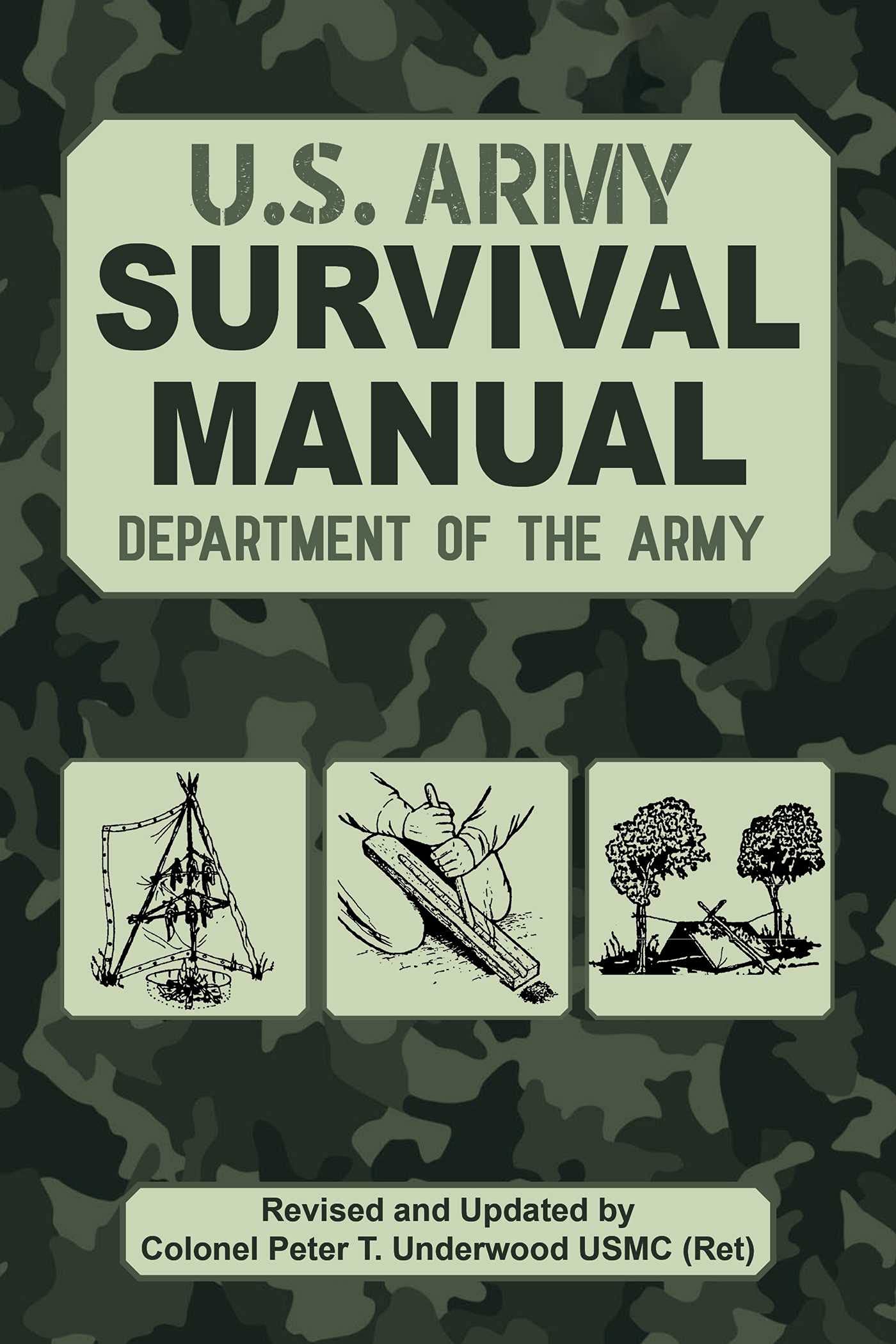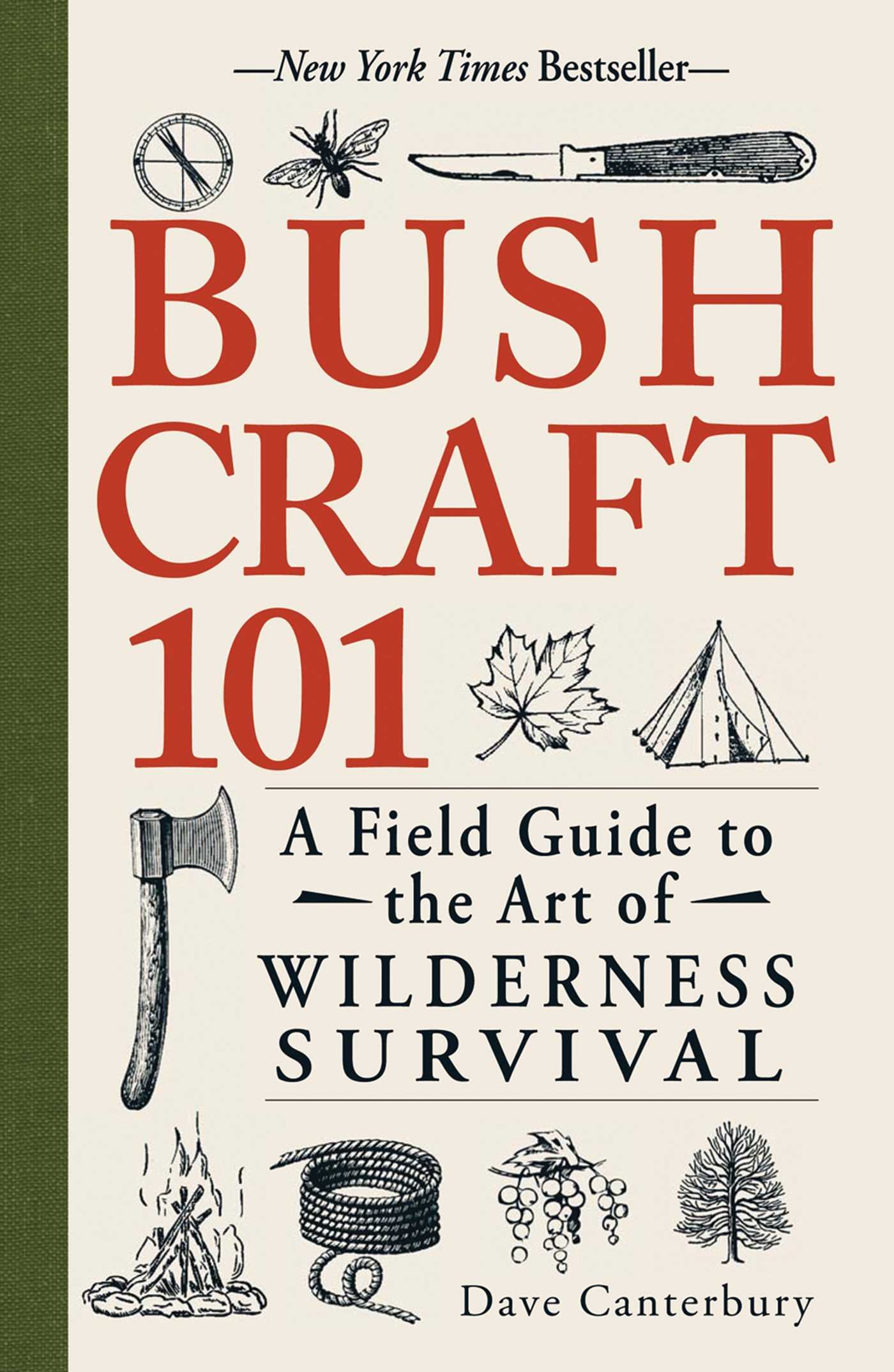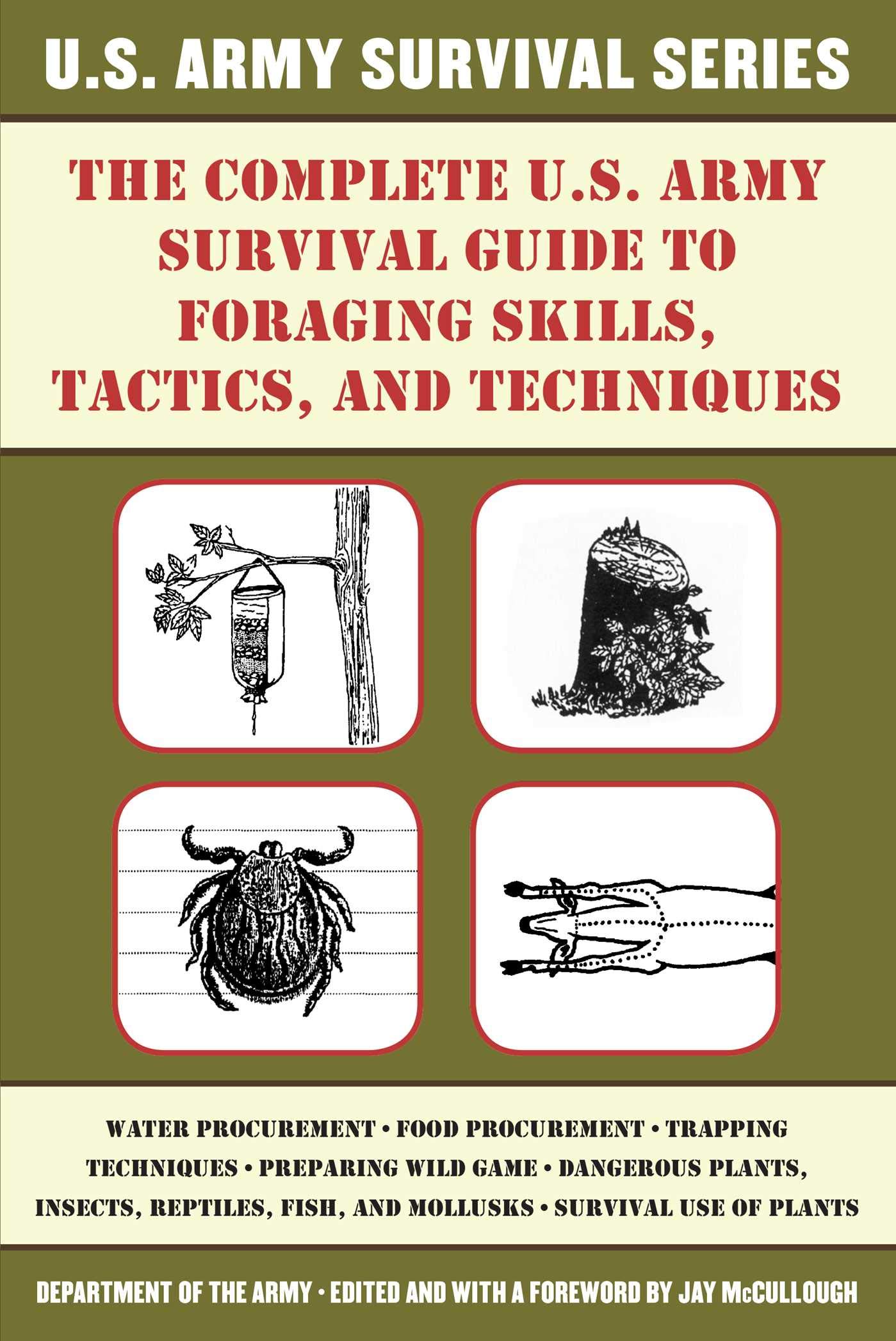Military survival guides provide essential knowledge for navigating tough outdoor challenges.
These extensive resources are founded on decades of experience and expertise gleaned from armed forces globally.
Whether you’re an avid adventurer, a preparedness enthusiast, or currently serving in the military, a well-crafted survival guide can arm you with crucial skills for succeeding in extreme environments.
Usually, these guides encompass a broad spectrum of subjects, ranging from fundamental wilderness survival methods to more sophisticated tactical strategies.
Topics include shelter construction, finding water, fire-starting techniques, navigation, first aid, and more.
Many guides also focus on mental readiness and decision-making under pressure—indispensable skills in any survival situation.
When selecting a military survival guide, consider its comprehensiveness, ease of transport, and sturdiness.
Seek guides that address a diverse array of environments and scenarios.
The format is important; a compact, waterproof book may be ideal for fieldwork, while a more detailed manual could function well as a reference at home.
The most effective guides strike a balance between detailed information and practical usability.
With the right survival guide packed, you’ll be better attuned to tackle whatever challenges nature poses.
Best Military Survival Guides
In search of a high-quality military survival guide? You’re in the perfect spot.
We’ve explored the market to present you with a carefully selected list of the most thorough and dependable survival manuals favored by military personnel and outdoor aficionados alike.
Army Survival Guide
If you’re serious about wilderness survival skills, this comprehensive manual is essential.
- Colorful illustrations
- Wide range of topics covered
- Official Army publication
- Some sections may lack depth
- Dense text in certain areas
- Occasional filler content
This updated edition of the U.S. Army Survival Manual delivers an abundance of knowledge across its 432 pages.
You’ll cover everything from shelter building to sourcing food in the wild.
The colorful images enhance understanding of complex concepts, making it ideal for visual learners.
Weighing in at over 2 pounds, it’s not the lightest guide to carry in your backpack.
However, the extensive survival scenario coverage is worth it.
You’ll learn navigation without tools, signaling for rescue, and even the psychological aspects of survival.
Some readers feel certain sections could delve deeper.
The manual sometimes includes filler information that may not be directly applicable to survival situations.
Nonetheless, it remains a solid resource for outdoor lovers and those planning for emergencies.
Bushcraft 101 Field Guide
This in-depth wilderness survival guide is invaluable for mastering crucial outdoor skills.
- Covers a wide array of bushcraft techniques
- Well-structured and user-friendly
- Great for beginners and intermediate outdoorsmen
- Lacks detailed illustrations
- May be overly simplistic for advanced practitioners
- Emphasizes long-term wilderness living over short-term survival
Bushcraft 101 is a wealth of wilderness expertise.
You will uncover time-tested tactics for thriving outdoors, from constructing shelters to sourcing food and water.
Author Dave Canterbury leverages his substantial experience to deliver clear, actionable guidance for novices and seasoned campers alike.
The book’s logical arrangement breaks down complex skills into digestible steps, allowing you to build upon each chapter progressively.
It encompasses essential subjects such as tool selection, fire-making, and navigation, providing a sturdy foundation for your outdoor escapades.
While brilliant for equipping readers with skills for long-term wilderness living, the guide may not be as effective if your focus is solely on short-term survival tactics.
Some reviewers suggest the inclusion of more detailed illustrations to complement the text.
However, for those eager to dive into bushcraft, this guide serves as an excellent stepping stone towards self-reliance in the great outdoors.
Navy SEAL Survival Guide
This handbook is an invaluable resource for those seeking survival tips from America’s top-tier soldiers.
- Compiled by experienced Navy SEALs
- Addresses a variety of survival scenarios
- Simple, easy-to-follow instructions
- Some content might be too advanced for beginners
- Limited illustrations
- Mainly focuses on military-style survival
This guide offers extensive knowledge straight from the U.S. Navy SEALs, one of the world’s most esteemed special forces.
It teaches survival techniques for a variety of environments, from searing deserts to icy tundra.
The authors provide straightforward, concise instructions applicable to real-world situations.
You’ll find essential topics like water sourcing, shelter construction, and rescue signaling.
You’ll also learn navigation without modern tools and protecting yourself from hazardous wildlife.
While the advice leans towards military personnel, many skills are adaptable for civilian use.
At 248 pages, this guide is compact enough to take on your outdoor excursions.
The organization facilitates quick access to specific information.
However, some may find certain sections too technical or intense for casual outdoor activities.
Despite this, the book continues to serve as a valuable resource for anyone keen on mastering survival skills.
Army Foraging Guide
This thorough guide is essential for learning military-level foraging techniques and survival strategies.
- Comprehensive foraging tactics
- Bases on U.S. Army training
- Practical survival skills included
- Black and white images hinder plant identification
- Some details may be too specialized for casual users
- Print quality issues reported by some users
This illustrated edition of the U.S. Army Survival Guide emphasizes foraging skills, delivering extensive insights derived from military expertise.
Discover strategies for locating and identifying edible plants, along with safe preparation techniques.
The guide’s coverage is broad, beneficial for both camping expeditions and emergency prep.
While the content is thorough, certain sections may be more pertinent than others.
The book explores specialized scenarios such as jungle survival that may not apply to typical outdoor adventures.
However, the core principles and foraging fundamentals are valuable across various situations.
A drawback is the use of black and white images throughout.
This choice can complicate accurate plant identification, which is crucial for safe foraging.
Consider supplementing this guide with a color field guide for more precise plant identification.
Yet, despite this limitation, the detailed descriptions and illustrations still yield helpful information for recognizing edible flora.
Complete Army Survival Guide
This all-encompassing guide is essential for individuals keen on acquiring military-quality survival and medical skills.
- Thorough coverage of emergency situations
- Step-by-step guidance
- Valuable for teaching others
- Black and white visuals
- Small font in some sections
- Information may be outdated
The Complete U.S. Army Survival Guide to Medical Skills, Tactics, and Techniques offers extensive knowledge for addressing diverse survival scenarios.
You’ll find detailed instructions for handling trauma, injuries, and climate-related health challenges.
The book’s methodical approach makes it user-friendly, even in high-pressure situations.
Though the guide spans a multitude of topics, some readers might prefer full-color images over the black and white illustrations.
The text can be small in select sections, which may pose readability issues for some users.
It’s worth noting that military tactics can evolve, so some information may not reflect the latest practices.
Former military personnel commend the book’s accuracy and effectiveness in imparting survival skills.
It’s especially strong on trauma and injury responses, making it an exceptional resource for outdoor enthusiasts and preppers alike.
If you’re looking for a comprehensive, military-focused survival guide, this book could be a valuable addition to your collection.
Buying Guide
When selecting a military survival guide, consider the following essential factors:
Content Depth
Seek out guides that encompass a range of survival-related topics.
These should include:
- First aid and emergency medical techniques
- Construction of shelters
- Fire-starting methods
- Water sourcing and purification
- Food sourcing and foraging
- Navigation and signaling
- Psychological strategies for survival
Author Expertise
Examine the author’s credentials.
Guides penned by veterans or survival experts tend to be more credible and practical.
Portability
In survival situations, size and weight are key.
Opt for compact guides that are easy to slip into your pack or pocket.
Durability
Select guides with water-resistant pages and tough covers.
They should stand up to harsh conditions and regular handling.
Visual Aids
Choose guides featuring clear illustrations, diagrams, and photographs.
These visuals can simplify the understanding and retention of complex techniques.
Updates
Survival strategies and equipment are always evolving.
Opt for guides that have been recently published or updated editions to ensure you’re receiving the latest information.
Readability
Choose guides with clear, straightforward text.
Avoid overly technical jargon that could complicate understanding in stressful circumstances.
Special Features
Some guides come with additional elements such as:
- Pull-out checklists
- Water resistant pages
- Built-in compasses
- Emergency signaling mirrors
Consider which features would best serve your needs.
Frequently Asked Questions
Military survival guides are a vital resource for outdoor enthusiasts and preppers alike.
These books provide essential skills and techniques for surviving in challenging environments.
What are the highly recommended military survival guidebooks available?
The SAS Survival Handbook by John “Lofty” Wiseman remains a top pick among survival experts.
Additionally, the U.S. Army Survival Manual FM 21-76 is another well-respected choice.
Both books offer extensive information on wilderness survival, navigation, and first aid.
Where can I find a free download of a comprehensive military survival manual?
While obtaining free downloads of copyrighted material is illegal, some military manuals are freely available.
You can find older versions of the U.S. Army Survival Manual FM 21-76 accessible via various government websites and archives.
Is the U.S. Army survival manual FM 21-76 easily accessible online?
Yes, the U.S. Army survival manual FM 21-76 is widely available online.
PDF versions can be found on official military sites and authorized booksellers.
Ensure you choose the most recent edition for up-to-date information.
Which books provide the best survival training techniques taught by special forces?
“Special Forces Survival Guide” by Chris McNab offers insights into elite military survival techniques. “100 Deadly Skills” by Clint Emerson, a former Navy SEAL, addresses advanced survival tactics.
Both books present specialized knowledge from seasoned military experts.
How can I obtain an authentic SAS Survival Guide PDF?
To acquire an authentic SAS Survival Guide PDF, purchase from reputable online bookstores.
Steer clear of unauthorized downloads, as they might be illegal or contain outdated content.
Many e-book platforms offer the official digital edition of this well-known survival guide.
Which survivalist books are considered essential reading according to 2020 recommendations?
These texts encompass a wide range of survival skills relevant to modern situations.






